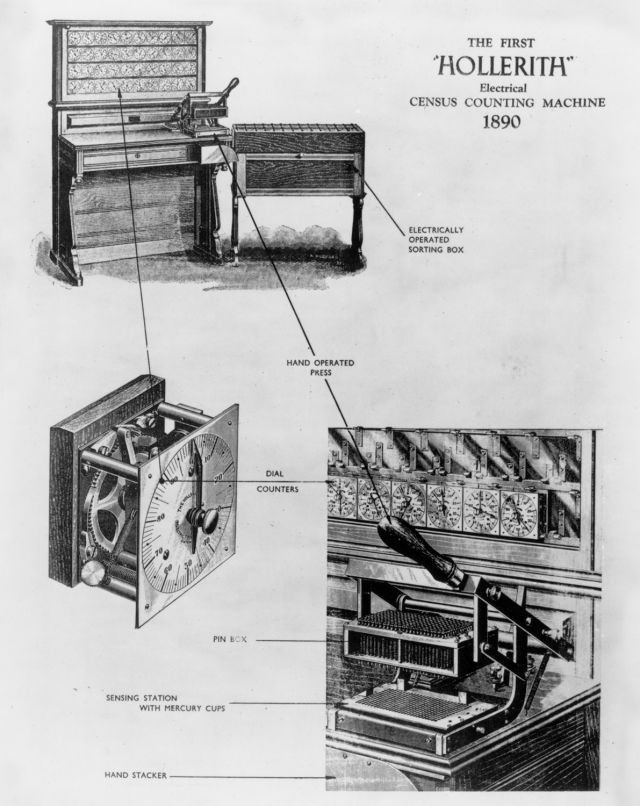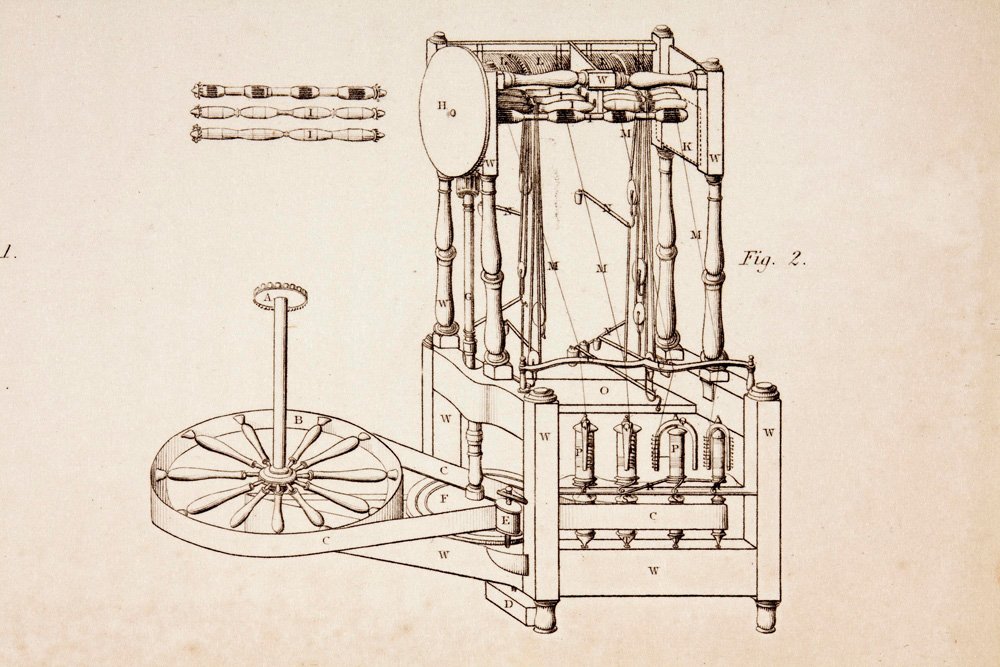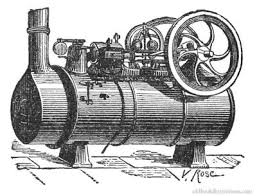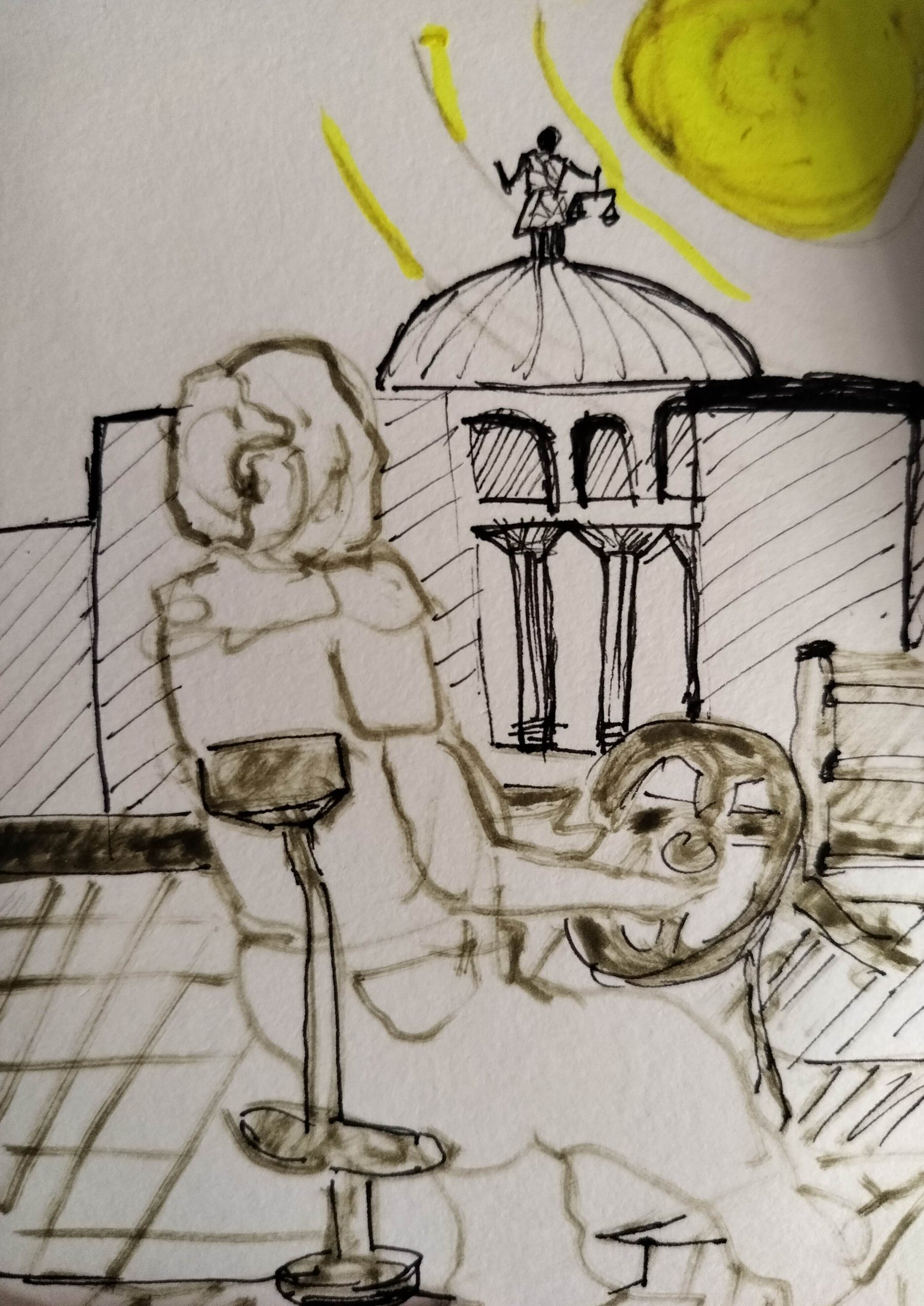How Automation and Digitalization Shaped the Path to Today’s “Artificial Intelligence Revolution”?
What we are seeing ‘here’ and ‘now’ is not new, they reflect deep structural changes in the human’s relation to the world. AI is the current, massive and structural resurfacing of the forces that helped form and shape the current human civilization. It is hundreds of years of Knowledge-in-Action.
From Leibniz to Turing, great minds have worked on the mathematical problems that form the base science of the Large Language Models (LLMs) upending the world. It is the regulators and Policy experts who are scrambling to manage AI.
Introduction
Our present world was almost perfectly poised for this AI disruption. Networked, driven by computation and moved forward by massive Cyber-physical infrastructure. We gave these high-agency algorithms the pathways – Internet and the ‘fuel’ – data, to propagate and spread. It is not the technology stupid, it is human nature that is fueling this change, and it is culmination of historical trends in novel ways in the present.
It is abstract knowledge finding instances to manifest in the applied world, thus, being almost inevitable. The AI revolution has been hundreds of years in the making. From the Philosophical Work of Leibniz (1700s) to Boolean Algebra (1850s) , to Shanon’s Information Theory (1948) and finally Minsky and Hinton’s foundational work in the early 2000s. A long chain of mathematical and algorithmic progress, very difficult to understand the gravity of each in isolation, but together, they are self evident, like a lightening in the night sky. A LangChain of inevitability if you will.
The New is Old and the Old is not New. What was the past, rushes forth to grab the present and completely throw it off balance. One of my heroes, William Gibson, of Cyberspace fame, very astutely pointed out that, the ‘future is already here, it is just not evenly distributed.’ The same stands true for both AI, and the problems that it poses for emerging AI policy.
If you were to ask me, what is AI, in the broadest philosophical and social terms. The answer would be, that it is coming together of massive ‘Digital Data’ powered by ‘Algorithmic Structuring and Segmentation’, being funneled in to the ‘global information path way’ , through seamless User Experience. Is anything new here? Every piece of the puzzle is dated, as old as the invention of the Personal Computer (PC) and DARPA Net.
It is the hyper-child of ‘ Internet’ meets ‘ Machine Learning;’ two technologies that are almost thirty years old. Nothing is new here, except the scale, reach and access. AI is not new because the technologies underlying it is new, no, rather it is a new creative and effective constellation of older technologies.
Mechanics of Change
Digitalization, that is Digitization in the service of human industry and economy is fairly old. At its heart, it is the transformation of ‘Knowledge as Writing and Print’ to ‘Knowledge as Binary.’ Remember the ‘Punch Cards’ powering the US census in the 1890s, well that was when ‘real automation’ started in the Digital world.
The first US Census Bureaucrats augmented by this Hollerith machine, needed less time, may be even less man power to process the socio-economic information needed to power the state system that will usher in the both the ‘Computer Age’ and the ‘ Nuclear Age.’ It is also, very poetic and significant that the inventor Herman Hollerith’s company, finally became the IBM. One of the global symbols and medium of the digital revolution at industrial scale, that is still shaping the world.



Automation, in the production world, is on the other hand far older, starting with the Industrial Age and the questions around Wool and Cotton Mills in England and the Americas. Where Industrial Supply Chains were doing the work of entire labour forces at half the price, powered by the newly understood force of ‘Steam’ heated by the abundant coal. This is where automation became part of the Carbon Age, we will go into that, in some other more opportune place.
Arkwright’s Water Frame (1769) was the first form of Industrial Automation, going for Cotton weaving, powered by rivers and streams. In the same year, James Watt invented the Steam Engine (1769). See the serendipity! See the connection! So was born the Industrial age , massive automation displacing entire skill-labour populations, up-ending societies for good. We are seeing the same thing now with AI, coming together of different but complementary pieces of Technology to completely change the nature of Human Political Economy.
AI Policy is our Choice
So What do we see here and now? Same Serendipity, similar constellation of inventions and systems coming together to solve socio-technical problems at scale. It seems teleological, predetermined, human invention and abstraction leading one step on to the other, much like a LangChain. Then Where is the space for the creative, the restless and the concerned to intervene in this onward march of the God-of-Technology?
It is in the direction this march is taking place. It is our duty to align the AI systems emerging through robust, creative and grounded AI policy, to decide the problems and questions that these vast unfeeling artificial minds are pointed to. The Path is set, the journey inevitable, but the destination, the destination is still up for question. Something where you and I can still hope to realistically hope to intervene to alter the future state of the world.
The changes will be large with AI, they will be long lasting and they will fundamentally alter the human understanding of Labour, Skill , Knowledge & Industry. It is a change, that will overwhelm us and most possibly galvanize us towards greater understanding and action!
You and Me dear Reader are stuck together in this crisis and opportunity! Come let us shape Global AI Policy together.
– Soham Bose


Leave a Reply